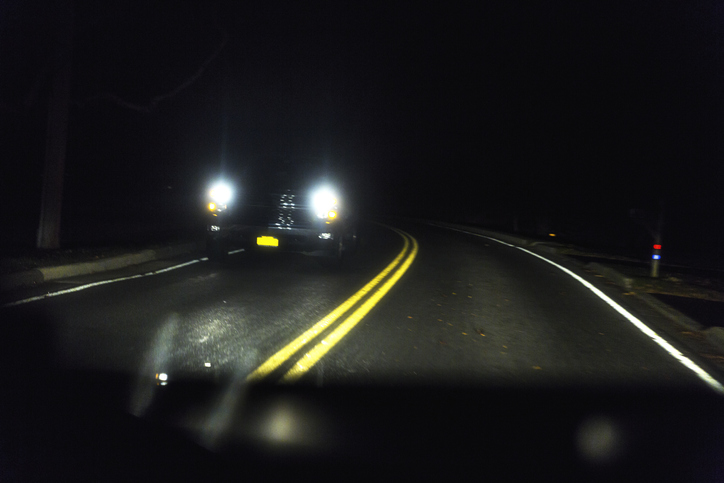Fall nighttime driving can be risky. Here are some safety tips.

The fall season is now in full swing, as Maryland residents enjoy the mild, crisp climate before the bitter, cold winter arrives.
Most drivers don’t typically associate any clear and present roadway dangers with fall – at least not until they’re involved in a crash.
Among the many underestimated risks ushered in by the fall season, is reduced daylight during busy traffic hours.
The days are already getting noticeably shorter in Maryland. But once we turn the clocks back for daylight savings on Nov. 3, most drivers will find themselves in the dark during their evening commutes home.
Why is night driving so dangerous?
Nighttime driving may not seem like that big of a deal. But as drivers will be spending more time in the dark during the coming months, there are several risk factors to consider.
For one, visibility will be limited. According to the National Safety Council (NSC), the average driver can only see up to 250 feet in front of them with the use of standard headlights. If headlights are worn out or not properly maintained, visibility can be reduced even more.
With the use of high-beams, drivers can see as far as 500 feet ahead. High-beams, however, can only be used when there is no oncoming traffic.
Lighting can disrupt nighttime visibility in more ways than it can help. For example, the glare from the headlights of oncoming vehicles can make it difficult to see and concentrate at night, especially in areas where streetlights are sparse.
In addition, the reflection that emits from wet roadways can make it difficult to see painted lines and lane markings clearly.
Nighttime driving can be especially problematic for drivers ages 60 and older due to diminished eyesight and eye diseases such as cataracts. According to the NSC, drivers ages 50 and older need twice as much light as drivers ages 30 and under during nighttime conditions.
What this all comes down to is reduced reaction time to avoid a collision or striking a pedestrian or any object in or crossing the roadway.
What can be done to mitigate the risks of nighttime driving?
The NSC suggests doing the following when driving in the dark:
- Ensure that headlights are clean and aimed correctly
- Dim dashboard light
- Avoid looking at headlights of oncoming vehicles
- Keeping your windshield clean and free of streaks
- If you wear glasses, ensure they’re anti-reflective
- Reduce speed to increase stopping time
- Avoid distractions
- Older drivers should have annual vision exams
In the event you or a loved one is hurt in a crash this fall season, it’s critical that you take immediate legal action. An experienced car accident attorney at the Law Offices of Stuart L. Plotnick, LLC can help you through the complex process of pursuing a claim.
Our legal team has a reputation for successfully advocating for injured motorists in Maryland, Virginia, and the District of Columbia. To learn more, contact us online and schedule your free consultation.

